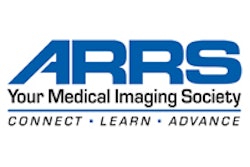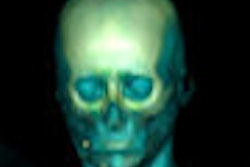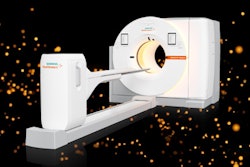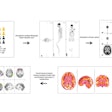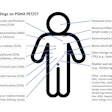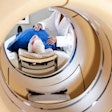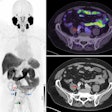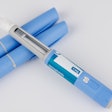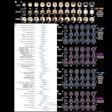Dear Molecular Imaging Insider,
Radiation dose was one of several hot topics at this year's meeting of the American Roentgen Ray Society (ARRS) in Washington, DC. The increased cancer risk to patients is a worldwide concern.
A new study from the University of Hong Kong and Queen Mary Hospital offers effective radiation dose parameters for whole-body PET/CT scans. The guidelines may help reduce cancer incidence, especially among young patients and women who are most susceptible to increased radiation exposure. Read more about this study by clicking here.
Also in this edition of the Molecular Imaging Insider, AuntMinnie.com contributing writer Rob Skelding reports on open-source software designed to deliver three-way image fusion by combining PET, CT, and MRI. The software may help provide more details on complex diseases.
Stanford researchers are breaking new ground by developing a technology to illuminate tumors and acquire data on more than two dozen tumor-related functions simultaneously. So far, Raman spectroscopy has shown the ability to image functions of approximately one-trillionth of a meter in size. Read this report on how the technology, if proved safe and beneficial, could provide information that to date has been unavailable with current molecular imaging modalities.
Meantime, PET's role in nuclear cardiology applications is becoming more prominent. Cedars-Sinai Medical Center in Los Angeles is one institution that is exploring the modality's efficacy in this area. Dr. Daniel Berman discusses Cedars-Sinai's latest research with rubidium-based PET for cardiac imaging in this report.
Finally, the annual meeting of the Society of Nuclear Medicine (SNM) is right around the corner. From June 14 through June 18, AuntMinnie.com will be in New Orleans to provide daily reports from the conference. If you can't be in the Crescent City next month, check our site and the Molecular Imaging Digital Community for the latest news and research findings.





